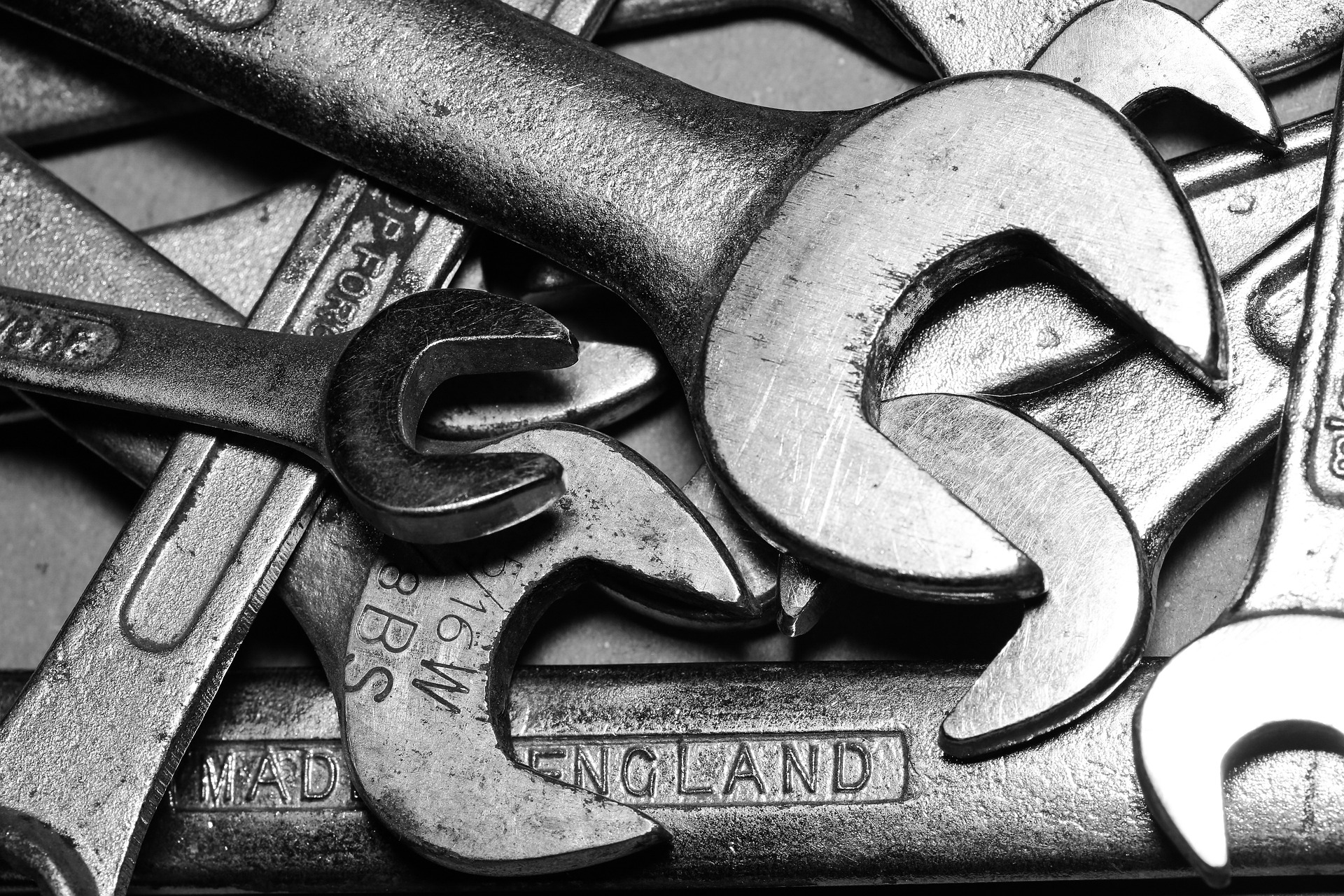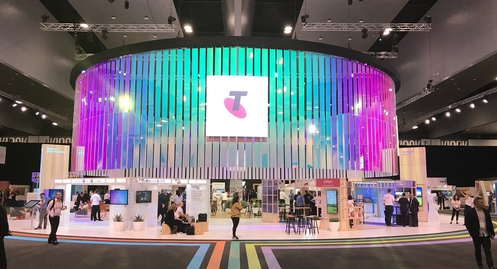Why Consider A 'Total Productive Maintenance' Approach?

In this article we break down (pun not intended) the many elements of a Total Productive Maintenance (TPM) approach - and the value of adopting it.
In a perfect world, the production process would be flawless—you would produce superior, defect-free products as fast as possible with zero downtime.
But unfortunately, the world we live in is far from perfect.
Sometimes, things happen that throw production off-schedule. From machine breakdowns and process defects to speed loss, idling, and poor scheduling, many factors within and outside the business' control can bog down the production process.
Manufacturers strive to eliminate these elements that contribute to productivity loss to achieve a near-perfect production. One way to accomplish that as more and more organisations adopt 'Maintenance 4.0' is through a Total Productive Maintenance (TPM) approach.
What Is Total Productive Maintenance?
The last major study of the effects of unplanned equipment downtime found that, on average, across all industries is the cost is $30K-$50k per hour. In some verticals this jumped up to about $250K an hour!
These numbers raise concerns, especially considering that the average equipment outage lasts 4 hours.
So it's clear that managing your asset fitness can help to keep costs down and ensure uninterrupted production. But how can you ensure your machines are operating optimally? Enter TPM.
TPM is a comprehensive approach to equipment maintenance that seeks to achieve near-perfect production. Quite the audacious endeavour!
This approach is based on the premise that everyone in the facility should participate in maintenance rather than just the maintenance team. Hence, TPM maximises equipment effectiveness through the active involvement of all departments.
The goal of TPM is to eliminate the following losses:
- Unplanned downtime
- Product defects
- Wasted resources
- Employee accidents
- Personal errors
- Labor inefficiency
The TPM concept was developed in Japan by Seiichi Nakajima of the Japan Institute of Plant Maintenance (JIPM).
Nippon Denso (now Denso Corporation), a global automotive manufacturer, was the first company credited with adopting the TPM model. Today, many big-name companies, including Toyota, use TPM to ensure machines are functioning at their optimal capacity.
The 5-S System of Total Productive Maintenance
The 5-S system is an organisational model coined from five Japanese words: Seiri, Seiton, Seiso, Seiketsu, and Shitsuk. Translated into English, these words stand for Sort, Systemise, Shine, Standardise, and Sustain.
Sort
The first 'S' seeks to remove clutter from the work area:
Determine which items or equipment your team uses frequently and remove anything you don’t need in the workplace.
Systemise
The second 'S' seeks to straighten things up:
Keep things in the proper order to reduce unnecessary movement locating the items.
Shine
The third 'S' emphasises workplace cleanliness:
Clean the tools, equipment, and workplace regularly to remove dirt and dust.
Standardise
The fourth 'S' emphasises product labelling and standardisation:
Create processes in areas that need improvement, set standards for procedures, and label items for ease of identification. This helps to ensure operators run tasks as documented in a standard operating procedure.
Sustain
The fifth 'S' seeks to reinforce the first four workarounds:
Ensure operators are continually applying each of the steps above.
The 8 Pillars of TPM (And How They Support OEE)
There are eight pillars that focus on preemptive and preventive actions to help improve equipment performance and reliability. Since these pillars improve productivity by minimising downtime, implementing they can significantly impact your overall equipment effectiveness (OEE) metrics.
We've previously discussed Overall Equipment Effectiveness (OEE), but in short it is a measure of how well a piece of equipment does its job. Machine operators measure OEE using three metrics:
- Availability – Does the equipment perform when needed?
- Performance – How much does it produce?
- Quality – Does it produce superior results?
By using OEE, operators can tell which machine needs maintenance and at what point. So - how do the 8 pillars enable us to improve OEE? Let’s dive in!
Autonomous Maintenance
The first pillar requires training all operators to perform routine maintenance tasks regularly. Autonomous maintenance ensures all employees take responsibility for the cleaning, lubricating, and maintaining equipment with preventive maintenance.
Organisations should train their employees on the technical skills necessary to conduct inspections as documented on the equipment’s manual.
Focused Improvement
This pillar entails improving processes and functions continually.
Organisations can form small teams to analyse production activities and remove anything that doesn’t add value to the processes or final product. The goal of this pillar is to improve equipment operation continually. To encourage teams to actively participate in process improvement, organisations should also look to identify how they can reward and/or recognise employees for effective contributions.
Planned Maintenance
Planned maintenance focuses primarily on routine servicing by the operators. Maintenance activities should be scheduled based on certain occurrences, such as machine failure rates, frequency of breakdowns, or historical downtime. We happen to know just the solution to get maintenance schedules perfect and eliminate any surprises.
The best performing organisations can monitor their equipment performance in real-time and plan maintenance schedules that don't disrupt the workflow.
Quality Maintenance
This pillar aims for zero defects in the production process.
Organisations can improve production by ensuring standards for superior quality and checks are in place. The company should also have controls to identify any possible causes of deviations and fix them on time. Seems like MOVUS' solution is coming in handy across many of these pillars...
Early Equipment Management
This pillar of TPM focuses on equipment design.
Designing the manufacturing machinery while taking the users’ feedback into account can help to improve maintainability. It can also make it easier for the operators to use by accelerating the learning curve. Whilst its generally not as easy for organisations to make changes in this area, it highlights that even equipment manufacturers themselves should be thinking about machine management (and lifecycles)
Training & Education
This pillar aims to fill the knowledge gap in an organisation when it comes to Total Productive Maintenance.
Companies should train all their employees—from junior staff to supervisors and managers—on, at least, the basics of TPM. Doing so will arm them with the skills they’ll need to identify emerging problems. maintain equipment effectively and contribute to the cause.
Office TPM
This pillar seeks to apply TPM techniques to administrative functions.
Just as TPM extends to equipment producers, so does it extend beyond the plant floor and into the office. Organisations can bolster production by improving administrative functions such as procurement, scheduling, and order processing.
Safety, Health & Environment
TPM focuses not only on equipment but also on people.
Proponents must also address the human element of production. Organisations should seek to ensure the health and safety of the operators in a workplace environment.
Businesses should create awareness of the environmental issues that impact a company’s image and worker health. In addition, they should aim to create an accident-free workplace by eliminating health and safety hazards.
Advantages of TPM
Clearly there's a lot to cover off when implementing this approach - more than one article can cover that's for sure!
But in the breadth of the approach comes many significant advantages. With employees consistently thinking about and contributing to equipment maintenance, many aspects of the organisation can change for the better (and quicker). Companies employing a total productive maintenance strategy often enjoy the following benefits:
- Less unplanned downtime - or none at all;
- Increase in OEE;
- Increase in product quality;
- Broadened employee skillsets;
- Reduction in manufacturing costs;
- Clean and orderly workplace;
- Strengthened workplace safety;
- Reduced customer complaints.
The TPM approach also brings many indirect benefits, such as higher employee confidence levels and knowledge sharing across all departments.
The Bottom Line
Adopting a TPM model and practising its tenets can boost your company’s overall production, alleviate downtime, and keep your equipment healthy. The approach can also improve the productivity / sentiment of your employees by changing work and corporate culture. It's not an overnight solution but one that's well worth pursuing.
Image sourced from: https://www.safetycompany.com/safetyblog/wrench-safety-5-safety-tips-to-follow-when-using-a-wrench/

